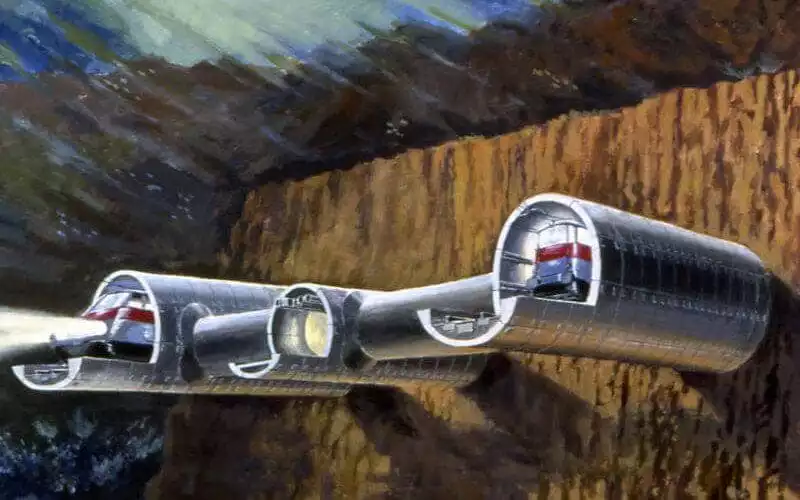Gibraltar Strait Tunnel Project Faces Technical and Financial Hurdles

The Gibraltar Strait Tunnel, which will connect Morocco to Spain and by extension Africa to Europe, is far from being a reality. The project is still at a standstill and requires new technical studies and the mobilization of a million dollars for its implementation.
The viability of the tunnel project between Morocco and Spain under the Strait of Gibraltar divides experts from the two countries. This week, the National Society for the Studies of the Strait of Gibraltar (SNED) stated to the press that "a project of this magnitude requires comprehensive planning on several aspects: decision-making at the highest level, technical studies, specific explorations, promotion in specialized forums and bodies, research into financing and execution modalities, application of the law..."
The SNED estimates that the conditions are not met for a start of the tunnel work in 2025, in anticipation of the 2030 World Cup co-organized by Morocco, Spain and Portugal. On the other hand, this sporting event can contribute to accelerating the implementation of the project, adds the SNED.
The technical feasibility of the project and its cost are the main obstacles to its realization. "Its cost is very high. This is one of the reasons why it has been delayed," Rafael García-Monge, a roads, canals and ports engineer and secretary general of the Spanish Society for Fixed Communications Studies across the Strait of Gibraltar (SEGEGSA), recently told El Independiente. According to studies carried out thirty years ago, the estimated cost of the tunnel under the strait was 13 billion euros. Today, this amount should reach double.
The Morocco-Spain tunnel project under the strait was reactivated in April 2023, during the High-Level Meeting held in Rabat. It was first mentioned in 1989 and consisted of the construction of a bridge to connect Africa to Europe. This option will be abandoned in 1995 in favor of a 38.7-kilometer-long railway tunnel, 27.7 kilometers of which will be underwater. The joint Morocco-Spain commission should hold a new meeting on the project in May or June.
Related Articles
-

Massive Insurance Fraud Ring Busted in Rabat: Doctor and 33 Others Face Trial
4 August 2025
-

Moroccan Tourism Boom Derailed: Soaring Prices Shock Visitors and Cripple Local Businesses
4 August 2025
-

Morocco Unveils MDM Invest: Empowering Diaspora Entrepreneurs with Million-Dirham Grants
4 August 2025
-

Tangier Revolutionizes Public Transit: High-Tech ’Busway’ System to Transform Urban Commute by 2029
4 August 2025
-

Algeria-Morocco Thaw? Embassy Renovations Spark Diplomatic Speculation
4 August 2025